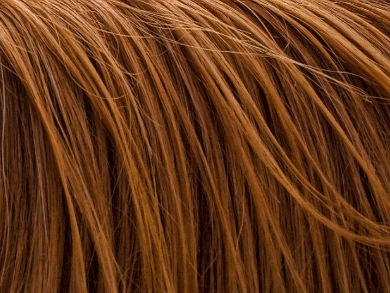Ethyl glucuronide (EtG) is a minor product of ethanol metabolism and is widely used as a marker for alcohol consumption in analyses of hair samples, for example, in abstinence control. It is already known that the EtG content in human hair is significantly reduced by permanent coloring or bleaching. These procedures are usually based on a hydrogen peroxide treatment, which is especially detrimental for the EtG content.
Stefan W. Toennes, Goethe-University, Frankfurt am Main, Germany, and colleagues have investigated the effects of temporary coloring procedures on the EtG content of hair. The team found a reduction of EtG content for all coloring procedures. For henna, only 38 % of the initial content of EtG remains, for tinting 70 %, and for semi-permanent dyeing 42 %. In comparison, permanent procedures lead to an EtG content of only 18 % of the initial value.
These results show that temporary coloration products significantly affect the deposited EtG content. It is especially surprising that even henna, where the main ingredient 2-hydroxy-1,4-naphtoquinone colors skin and hair without any oxidants, has a significant effect on the EtG content in human hair. The team hence proposes to exclude hair samples with any color manipulation from analyses of EtG content.
- Influence of bleaching and coloring on ethyl glucuronide content in human hair,
Silvana Petzel-Witt, Werner Pogoda, Cora Wunder, Alexander Paulke, Manfred Schubert-Zsilavecz, Stefan W. Toennes,
Drug Test. Anal. 2017.
DOI: 10.1002/dta.2206




